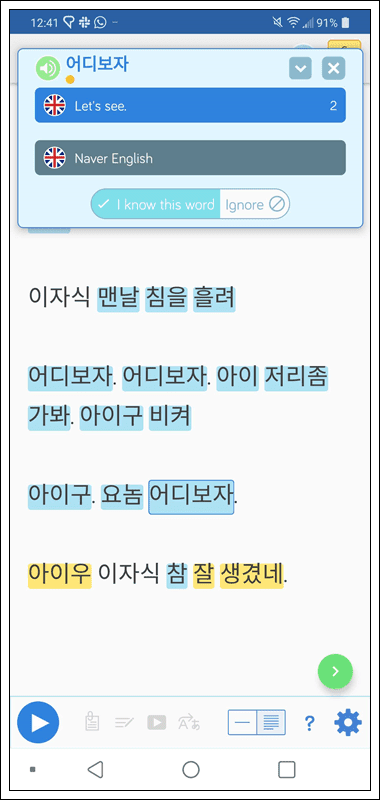How Long Does it Take to Learn Korean?
Hey there!
My name is Julie. 🙂
I’m a native Korean speaker who has been teaching Korean to learners of various stages for over 10 years.
Even as a native speaker, I realize Korean is a complicated language with many considerations to be aware of. For example, verb conjugations or honorifics.
But have no fear, anyone can learn Korean. Thanks to the Internet, you can immerse yourself in the language without having to spend thousands of dollars studying abroad.
But rather than provide content you can learn from (check out my other posts for that), I want to share my tips and help you get a better understanding how long it can take to learn Korean.
Before going over the different stages, keep in mind that the speed at which these levels are achieved can vary depending on the person.
Remember, consistency is key in learning any new language. You’re better studying for 30 minutes everyday compared to 8 hours once a week. Best of all, this isn’t difficult to do. You can listen to a Korean podcast every morning for 30 minutes on your way to work or school or you can watch a Korean drama on the web after dinner.
Important: It’s best to learn from material where you can understand around 80% of it already, otherwise you’ll feel lost! If you’re a beginner, children’s books are going to be easier to study compared to Korean newspapers.
Alright, now let’s see how long it takes to learn Korean.

The different stages of Korean
Elementary proficiency
At this level, you will have limited vocabulary but can communicate when it comes to greetings, talk about your day (even if it’s broken up), routine travel needs, and are able to use the minimum courtesy requirements.
With a bit of dedication, you can reach this level within 3-6 months (or about 200 hours), depending on your study schedule. Reading lots of content and focusing on how sentences are structured are important at this stage. Here’s where you’ll find yourself getting used to the language and training your brain 😉
As an instructor, I focus on teaching grammar during this stage. Just like any other language, establishing a strong grammar foundation is very important (ex. Learning parts of speech, negation, familiarizing with the use of different prepositions) in order to be able to fluently speak the language. Of course, you can take the other route and read and learn using context.
The most important part, especially in the beginning, is finding a routine that suites your needs and helps you stay motivated. Most language learners end up dropping out after one semester because they aren’t enjoying the learning process.
Limited working proficiency
At this level you will have a good understanding of Korean grammar and feel comfortable with day to day communication. This is a bit of a jump from the previous stage and can take anywhere from 1 to 2 years (around 600 hours).
I like to teach my students who are at this stage a set number of new vocabulary during every lesson (10-20 new words every week).
Minimum professional proficiency
By definition, at this stage a you should be able to speak the language with sufficient structural accuracy and vocabulary to participate effectively in most formal and informal conversations on practical, social, and professional topics.
It can take you anywhere between 2 to 4 years (over 1000 hours) depending on your study habits. The great news is at this stage, you’ll be able to talk pretty much whatever you want in Korean. That is, if you’ve practiced speaking!
When I teach students at this stage, I start to add more complex grammar to my lessons. For example, a variety of verb conjugations that are used in advanced context. I expect students to be able to know the difference forms of speech too.
Full professional proficiency
At this stage, you are able to use Korean fluently and accurately on all levels normally pertinent to professional needs. You will probably need at least a few years (1500 hours or more) to get to this level.
My students at this stage work with content such as Korean news, movies, and so on with relative ease. I encourage them to speak and write more regularly (keeping a journal is good practice).
Native or bilingual proficiency
This is the final stage, and for many, it’s not a goal they wish to achieve. But if you’re one of those language keeners and want to sound like a Korean native, be prepared to study for a long time.
I mentioned earlier that you can learn Korean without having to go abroad thanks to the Internet. However, to get to a level on par with a Korean native who has grown up in the country, knows the culture, can understand every subtle nuance, and has a vocabulary list in the tens of thousands, you’ll probably have to move and live in Korea at some point.
As for a timeframe, well, it can take a lifetime. Language learning is a never ending process and if you want to become truly fluent, my suggestion is don’t stop learning!

The easiest and the most difficult part about learning Korean
I think the easiest part of the Korean language (especially compared to Japanese and Chinese) is the alphabet – 한글 [Hangul]. It’s comprised of 24 characters (14 consonants and 10 vowels).
I’d say that the most difficult part about the language is the complexity of subtle nuances and formality that affect the verb conjugations and prepositions. There are many variations when it comes to conjugations and prepositions. Also, not everything is set in stone as there are loads of exceptions to the grammar rules you’ll come across.
But hey, learning Korean is a journey that requires patience. Even after a couple of months, you’ll probably surprise yourself (and a few Koreans) when it comes to speaking with them.
Speed up your Korean
Saving hours in your study schedule adds up. For example, if you spend 10 minutes a day having to look up words in a dictionary for an entire year, that’s a total of 56 hours! That’s at least 2 months of study for the average student. Now add the time it takes to find content you enjoy, keep everything organized, and so on. Not the best way to use your time I’d say.
That’s why there’s LingQ. LingQ has everything you need when it comes to learning Korean. 1000s of hours of professionally recorded Korean content for beginners and intermediate learners. Not only that, you can import your own content from the web (such as YouTube videos, music, podcasts, and much more) into LingQ and create easy-to-follow lessons. Pretty sweet right?

In the picture above, I imported one of my favorite Korean dramas into LingQ (here’s how). As you can see, I have access to the audio, dictionaries, and the transcript all on my phone.
Great for those long trips to work.
I can also save any new vocabulary I come across and review them at a later date.
Try LingQ for free today and start learning Korean using content you love. Good luck.
***
Julie Yoon has been teaching Korean and English in formal and informal settings for ten years. She has been learning French as a third language.


